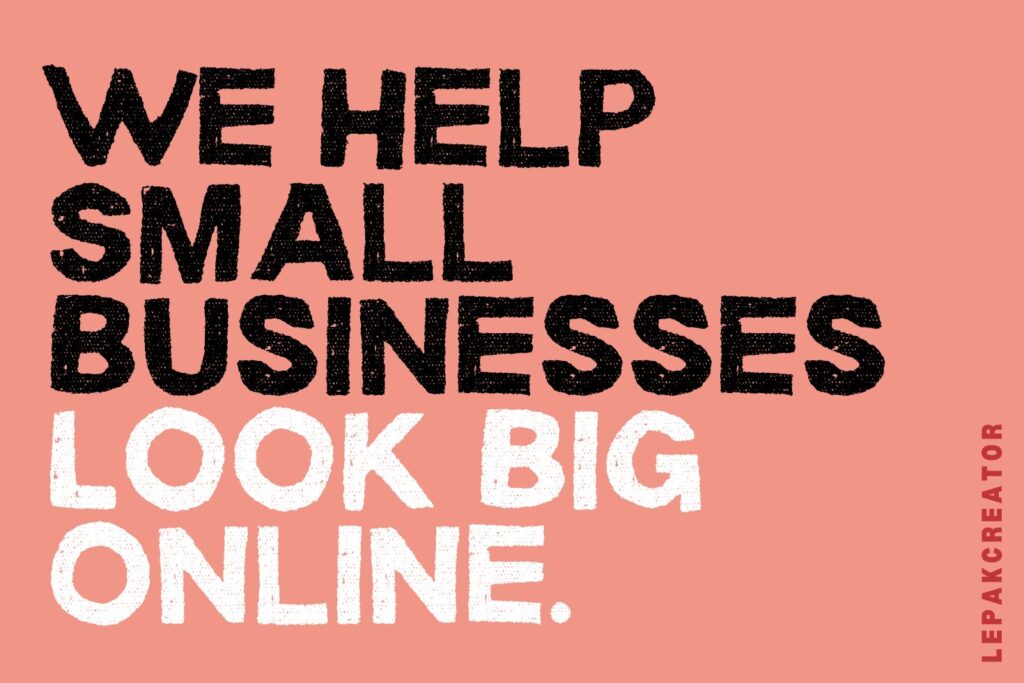In the fast-paced world of digital marketing and online engagement, businesses need to be strategic and deliberate in their content creation efforts. Creating content that resonates with your target audience, builds brand authority, and converts readers into customers is a multifaceted process. To help you streamline this process.
5 Essential Steps in the Content Creation Process
1. Create an Idea Bank
Every successful content marketing strategy starts with a solid idea foundation. These ideas should address the pain points and interests of your target audience. To do this effectively, research your audience and identify the problems, questions, or challenges they face. Once you have a clear understanding of their needs, start building an “Idea Bank” that includes potential topics, themes, and angles for your content.
Remember, the key is to create content that provides value and solutions. Content that offers answers, insights, and guidance will always have a place in the digital landscape.

2. Set a Realistic Timeline
Time management is crucial in business content creation. To work smarter, consider creating a content calendar that plans content production 1-2 months ahead. This proactive approach allows you to maintain consistency in your content distribution and ensures that you never run out of content to share with your audience.
By scheduling content well in advance, you can also better allocate your resources and allocate time for each stage of the content creation process. This includes ideation to publishing.
3. Define Your Workflow
Your content creation workflow should be well-defined to maintain efficiency. Consider the following aspects:
- Content-Type: Determine the type of content you want to create, whether it’s blog posts, videos, infographics, podcasts, or a combination of these.
- Platform Selection: Decide which platforms you’ll be using to distribute your content. Think about your target audience and where they spend most of their time.
- Repurposing Strategy: Repurposing content across different platforms can save you time and effort. Plan how you’ll adapt content for various channels while maintaining relevance and value.
A clear workflow ensures that everyone involved in content creation understands their role and the process involved.
4. Review and scheduling
Before you hit the “publish” button, it’s crucial to review your content carefully. Ensure that it aligns with your brand’s messaging, style, and goals. Look for grammatical errors, formatting issues, and factual inaccuracies.
Scheduling is equally critical. Plan when and how often you’ll publish your content. Consistency in publishing builds trust with your audience and helps search engines recognize your website as a reliable source of information. Additionally, consider using scheduling tools to automate the publishing process and save time.

5. Measure Your KPIs
Content creation isn’t just about producing materials; it’s about achieving specific business goals. You need to measure your Key Performance Indicators (KPIs) to assess your content strategy’s effectiveness.
KPIs may include website traffic, conversion rates, social media engagement, email click-through rates, and more. Analyze these metrics regularly to determine if your content meets its intended objectives. If not, adjust your content strategy accordingly.
Moreover, it’s essential to track conversions. Have your content efforts resulted in leads, sales, or other forms of audience engagement? If not, it may be time to reevaluate your content approach.
In conclusion, content creation for businesses is more than just writing blog posts or producing videos; it’s a strategic and iterative cycle.
What is Content Strategy?
Content strategy refers to the planning, development, and management of content in a systematic and purposeful way to achieve specific business goals. It involves defining the overall vision, goals, and principles for creating and using content. Here are some key elements of a content strategy:
- Audience Analysis: Understanding your target audience, their needs, preferences, and behavior is essential. This helps in creating content that resonates with them.
- Content Planning: Creating a roadmap for content creation, including topics, formats, and a content calendar.
- Brand Voice and Messaging: Defining the tone, style, and messaging that align with your brand’s identity and values.
- Keyword and SEO Strategy: Identifying relevant keywords and optimizing content for search engines to improve visibility.
- Content Governance: Establishing guidelines for content creation, publication, and maintenance, including roles and responsibilities.
- Content Performance Metrics: Defining key performance indicators (KPIs) to measure the success of your content efforts.
What is Content Distribution?
Content distribution involves getting your content in front of the right audience through various channels. It’s not enough to create great content; you must ensure it reaches your intended viewers. Distribution methods can vary depending on your target audience and goals, but here are some common strategies:
- Social Media: Sharing content on platforms like Facebook, Twitter, LinkedIn, and Instagram to reach a wider audience and engage with followers.
- Email Marketing: Sending newsletters or email campaigns to subscribers with links to your content.
- Search Engine Optimization (SEO): Optimizing your content for search engines to improve organic visibility in search results.
- Paid Advertising: Using paid advertising like Google Ads, social media ads, or native advertising to promote your content.
- Content Syndication: Republishing your content on third-party websites or platforms to extend your reach.
- Influencer Marketing: Partnering with influencers in your niche to promote and share your content.
- Content Aggregators: Sharing content on platforms like Medium, Reddit, or industry-specific forums to tap into established communities.
- Content Promotion: Running promotional campaigns or contests to boost the visibility of specific pieces of content.
Effective content distribution involves choosing the right channels and timing for maximum impact. It also requires tracking performance metrics to refine your approach over time.
By using the 5 Essential Steps Content creation process, you are building an idea bank, setting a realistic timeline, defining your workflow, reviewing and scheduling, and measuring your KPIs, you can create content that resonates with your target audience but also drives real business results. Remember, content creation is an ongoing journey, and continuous improvement is the key to success.
👉🏻 Look out for the latest Marketing & related Tips @lepakcreator Telegram Channel!
(Credits: Pexels)
Since you’re here, why not Read:




